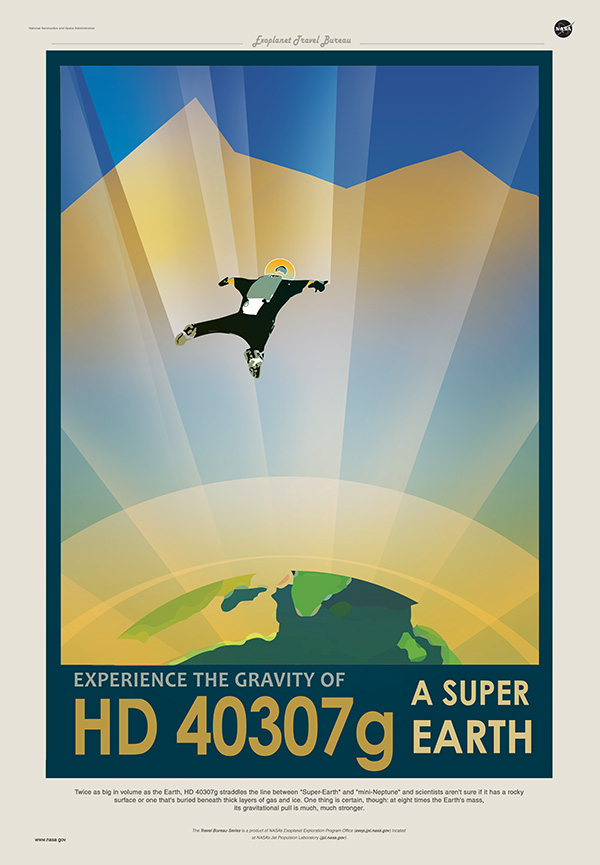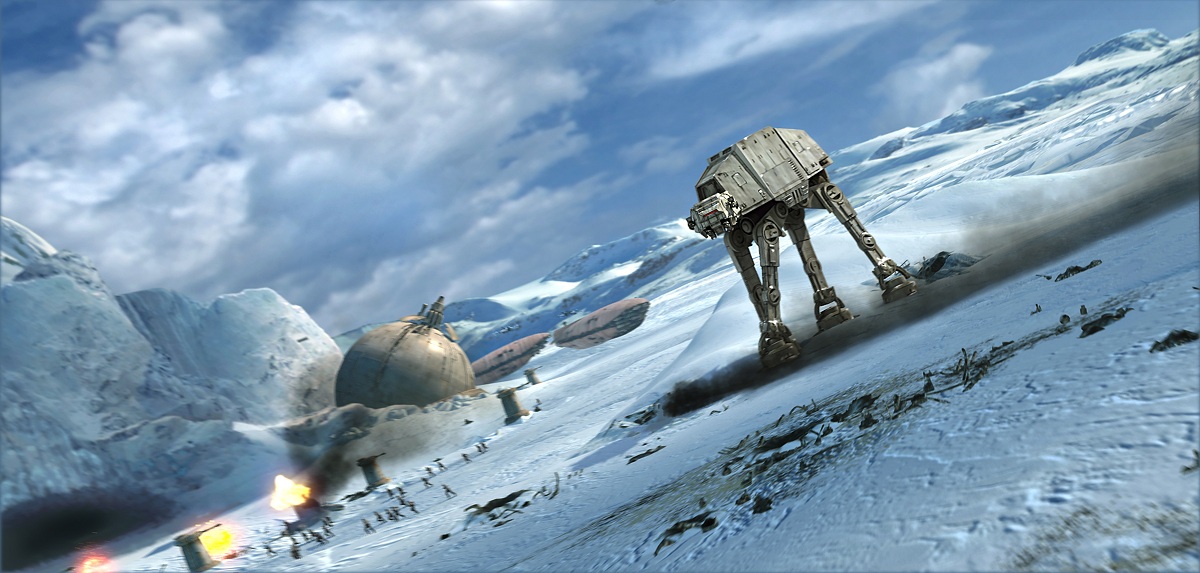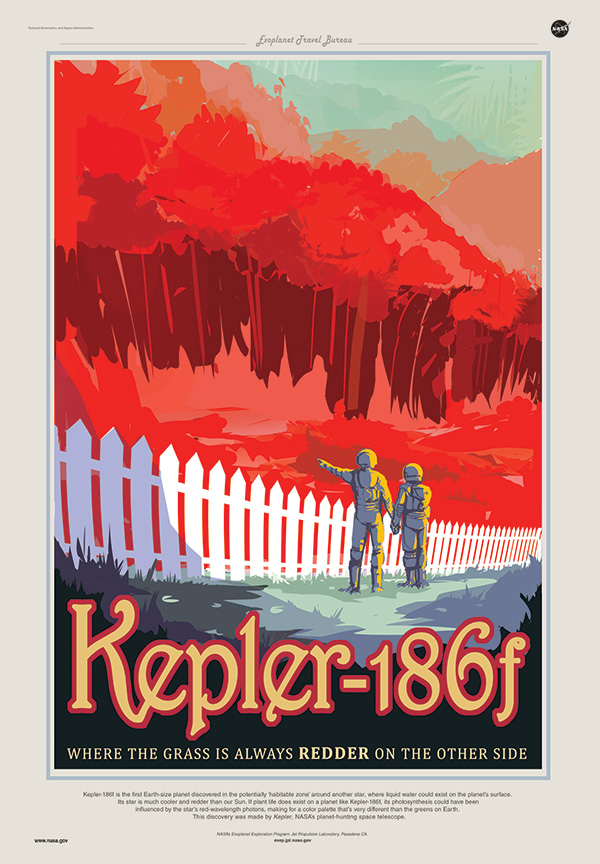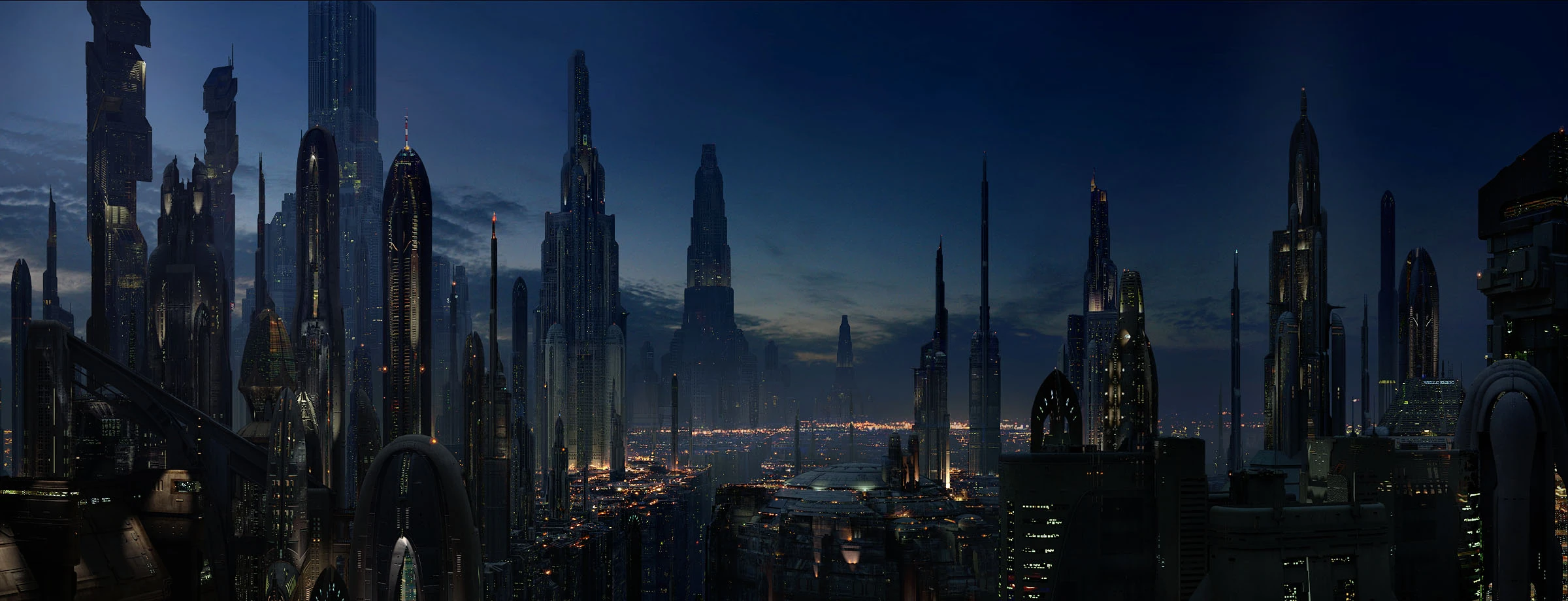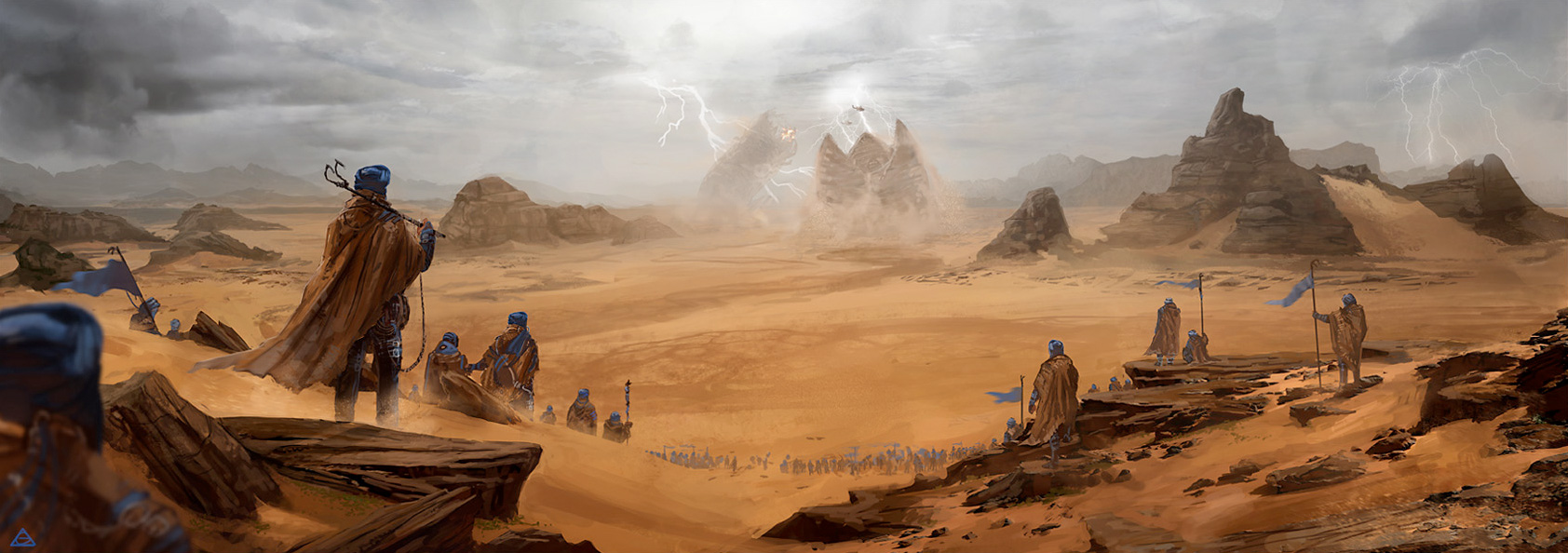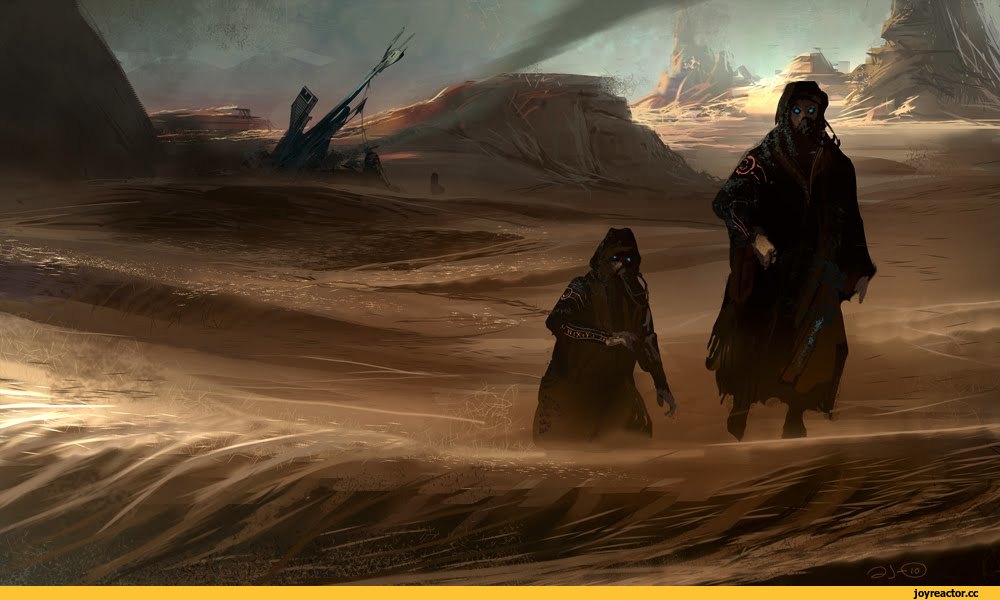So far, there are 5,656 potential
discoveries of exoplanets, that is, planets outside of our solar
system. 1,955 have been confirmed discoveries. Possibly the closest habitable planet is located 14 light years away around a star called Wolf 1061 (see wolf). Most exoplanets are gas giants
like Jupiter or Neptune, much larger than Earth, but this is biased
caused by our techniques and instruments. It’s just way easier to
discover bigger planets either by watching the wobble of a star due
to the planetary gravity tugging or the dimming of a star by planets’
transit as it passes in front of its host star. Instruments that are
currently in construction or in the planning phase such as the James
Webb Telescope (JWST), Transiting Exoplanet Survey Satellite
(TESS), and the Wide Field Infrared Survey Telescope (WFIRST) will take planet hunting to a whole new level and replace the
still functioning but basically defunct Kepler Telescope (Kepler).
The combination of these state of the art instruments will no doubt
find our true Earth twin and possibly the first exo habited
planet!
Exoplanets so far, have been quite
varied, from Earth like to super-earths, to gas giants of various
sizes and distances to their host stars. Science fiction has also
been vary imaginative in creating all different types of interesting
planets. One of the more famous planets, Tatooine, home world to our
beloved Luke Skywalker, resides in a binary star system. It’s
reminiscent of an actual planet, Kepler-16b, which actually resides
in a binary star system!
Another is Vulcan, the planet where the
venerable Spock is from. It is believed that Vulcan is larger than
Earth therefore the gravity stronger and its atmosphere thinner,
resulting in Vulcans being much stronger and with greater endurance
than humans. There have been several super-earth discoveries. It is
interesting to note that Spock’s blood is green due to the copper
which is used to transport oxygen. On Earth, certain species of
lizard also have green blood and some marine species have blue blood
due to the copper based hemocyanin, while others have clear blood.
Humans have red blood due to the iron rich hemoglobin (see Blood).
For a planet to be habitable it must be
in the ‘goldilocks zone’ around a star. This is a zone where
liquid water can exist and is thought to be most potentially
habitable by life as we know it. However, many planets reside outside
this goldilocks zone. Could the Hoth planet of Star Wars be one of
these? It appears Hoth must reside just outside of the liquid water
zone of its star and might reside in the ‘snow zone’ or beyond
the ‘snow line’ (snowline). This is where a planet doesn’t
receive enough energy from its host star to melt water to liquid
form, therefore the water remains frozen, like Hoth, a complete ice
ball. Hoth could also be in a snowball condition brought on by
cataclysmic global climate change. We know Earth underwent at least
3 of these events called ‘Snowball Earth’ where the entire Earth
was covered in glaciers.
The first Snowball Earth took place 2.3
to 1.8 billion years ago in association with the Great Oxygenation
Event, the second, 730 to 670 million years ago and the third between
640 to 580 million years ago finishing just before the Cambrian
explosion, for which it may have been a trigger. (Our world was
ruled by microorganism for the first 3.5 billion years!) Reduction
in greenhouse gas content in the atmosphere seems to trigger these
snowball events, which leads to a runaway condition since the
increase in snow reflects solar radiation back into space, thus
cooling the Earth even more. Its plausible that massive volcanic
activity is responsible for reversing these snowball events.
Glaciation and ice ages on Earth seem
to advance and retreat every 40,000 to 100,000 years caused by the
wobble or precession of the Earth’s axis and the variability in the
eccentricity of Earth’s orbit around Sol. The most recent retreat
of the last ice age ended about 10,000 years ago. Snowball Earth
events and ice ages have brought about major changes in the evolution
of life, probably mass extinctions. As much as 99.9 per cent of all
species that have ever lived are now extinct (see extinct). “We may
find, if and when we meet humanoid extraterrestrial aliens, that we
both have the same interest in the weather as a subject of small
talk, before getting on to the serious conversations about
interstellar propulsion systems and fostering world peace” John
Murdin.
Speaking of weather, the famous planet
of Arrakis in the Dune novels is entirely desert. Very unlike Earth,
water is a scarce commodity if not sacred to the native Fremen. They
wear special suits to keep cool and to capture perspiration and
recycle bodily fluid waste. No water is ever wasted, when a Fremen
dies, their body and blood is ‘recycled’ and returned to the
camp’s water reserves. It’s unsure whether the planet wide
desertification of Arrakis is due to some global cataclysm or its
position in its solar system prevents Arrakis from blossoming.
Either way, in the novel Dune, a global wide terraforming project is
underway to create a green paradise from the desert, led by
Liet-Kynes, the Imperial Planetologist turned revered Fremen and father in law to Paul Atreides aka Muad’dib the protagonist.
Although there is much ecology on
Arrakis it seems to me that a planet lacking in much flora would ever
have a breathable atmosphere, since on Earth plants produce the
oxygen necessary for life. However, 25% of our oxygen is produced by
cyanobacteria so maybe there are single celled organisms on Arrakis
that produce their oxygen.
Since most stars in the universe (about
70%) are red dwarfs, which are cooler and smaller than our sun,
photosynthesis on planets around red dwarfs would evolve to be much
different. Photosynthesizing life would adapt to absorb the red
light from their host stars, unlike chlorophyll A on Earth, not
only able to absorb red-orange light but violet-blue as well, and
reflecting green light. Planets orbiting Gliese 581 and Kepler-186f
could host plants that blossom black.
Terraforming is a popular subject in
science fiction. Usually associated with Mars, such as the Red Mars,
Blue Mars and Green Mars novels of Kim Stanley Robinson and the Mars
colonies in the Expanse Series by James S. A. Corey, and of course,
the mentioned Dune series, but with the planet of Arrakis. Even
Venus was undergoing terraforming in 2312 also by Kim. And in Star
Wars, the planet Coruscant is one giant city. I assume massive
ecological and geological projects must of have been undertaken to
keep Coruscant habitable.
Real exoplanets can be checked out at
Planet Quest website (planetquest). Also check out their interactives they're really cool. We see that the universe is just as creative as science
fiction authors in creating various planets. But most of us are
interested in finding a true Earth analog. Kepler-452b so far is the
most Earth like, having a year similar to ours, orbiting a star
similar to the sun and only being 60% larger than Earth. The search
continues, in the meantime our imagination and knowledge about exoplanets will
continue to expand.



